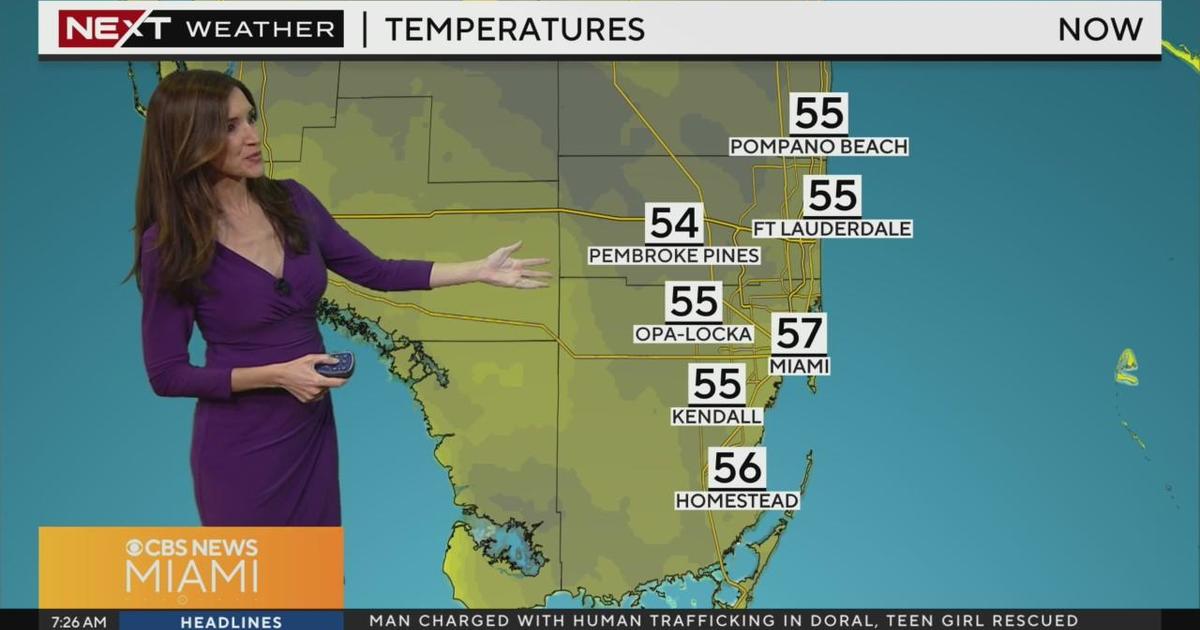County deals to lower $1 billion Beach transit link cost
Advertisement

Miami-Dade continues price negotiations with concessionaires for the Beach Corridor Trunkline long-term project agreement with an extended negotiation progress until at least 2023, the county announced last week.
During a Project Development and Environment (PD&E) Study meeting Aug. 9, presenters spoke about the current configuration of the Beach Corridor, its locally preferred alternative of technology for construction and of engineering and environmental analyses. In addition, the county announced that it would extend negotiations with MBM Partners LLC, the Public Private Partnership to build the corridor, until 2023. The most recent updated price was $979.2 million earlier this year.
“The county has not accepted any pricing relative to that long-term project agreement that remains under negotiation at this time,” said Beth Goldsmith, county chief negotiator for the Rapid Mass Transit Solution for the Beach Corridor trunkline. “We’ve directed our concessionaires to continue the pricing efforts in order to find something that’s affordable and effective for Miami-Dade County. So, we do expect that the result will be presented to the board probably in 2023.”
The 3.5-mile trunkline connecting downtown Miami to Miami Beach, extending from the Design District, Midtown and downtown Miami to the Miami Beach Convention Center, got interim agreement approval Oct. 31, 2020. It would have a 19-month pre-development time to design, finance and plan its construction, Miami Today reported in February. The county transit department reported it would be completed in 2026 as part of the Strategic Miami Area Rapid Transit Plan, now labeled the Smart Program.
After years of feasibility studies, the county started the PD&E studies in 2017 to receive a National Environmental Policy Act (NEPA) clearance. This process measures the environmental impacts caused by a construction project and offers mitigation guidance.
In 2018, Tier One of the feasibility studies was completed.
“Because the study area was so big, we did have to do analysis of various alignments,” said Odalys Delgado, consultant project manager from engineering company Parsons Corp., who is working with the county. The study looked at alignment technologies on Biscayne Boulevard, on Alton Road, on Washington Avenue and in the Miami Beach area, and developed sub areas of study with different alignment options. In Tier Two,” Ms. Delgado said, the consultants analyzed different technologies for whole corridors. “There were technologies that were feasible along certain alignments,” she said.
In 2020, the engineering consultants recommended locally preferred alternatives along each sub area after finding that different technologies were more appropriate for each area. Then, the engineering began.
“We are at the end of where the trunkline sub area study is substantially completed,” Ms. Delgado said. “We’ve developed an environmental assessment document [explaining] the impacts and their mitigation… based on a continued population growth, increased traffic congestion and demand for enhanced access and more transit connections.”
For the Bay Crossing area, the locally preferred alternative by the county Transportation Planning Organization is elevated rubber-tire technology.
“The Bay Crossing Alignment would start at a new Herald Plaza Metromover station,” said Ms. Delgado. “It would be right next to the Metromover … a station that would be seamless with the Metromover and would then cross the bay along the causeway, on the south side of the causeway, ending at Washington and Fifth Street.”
One proposed station could be in front of the new Herald Plaza, another at the Children’s Museum, and two others in Miami Beach.
The county and its consultants coordinated with the National Marine Fisheries Service, the US Fish and Wildlife Service, Biscayne National Park, South Florida Water Management District and other agencies, to quantify what were the impacts for seagrass and coral reefs and to develop a mitigation plan for seagrass and a mitigation and relocation plan fir coral reefs, said Ms. Delgado, and both were accepted.
“For endangered species, we have the standard minimization measures that go with anything that is built within [Florida water proximity], she added.
“We coordinated with the State Historic Preservation Office with respect to City of Miami Beach designations and they gave us a letter of concurrence that we were having no adverse effects with our project.”
The main impact would be a dual left turn on Miami Beach’s Fifth Street northbound to Washington Avenue. “As a result of a station being there, we had to impact one of the left turns,” Ms. Delgado said. “We’re coordinating closely with Florida Department of Transportation to make sure that we develop a mitigation plan.”
The Miami/Design District extension’s locally preferred alternative is APM (automated people mover or monorail). “It goes on the west side, [passing] the Miami City Cemetery,” said Ms. Delgado. “Then we transition into the median, and the plan is to go over I-95 and land at another line station in Design District.” The main impact of that extension would be taking off two travel lanes from Miami Avenue to accommodate the stations and the guideway in the median, she explained.
The county hasn’t concluded studies for the Miami Avenue extension yet. “Our hope is to initiate NEPA [process] in coordination with FTA and try to secure FTA funding through their project development process,” said Ms. Delgado.
The preliminary traffic analysis shows minimal impact along the North Miami Avenue corridor, said Luis Espinoza from county Department of Transportation and Public Works. “Nonetheless, the traffic along North Miami Avenue will need to be further analyzed.”
And the last leg of the overall study area is Miami Beach. “That alignment [starts] from Washington Avenue and Fifth Street, and a transfer facility for folks to catch dedicated buses that would take them along the outside lanes on Washington Avenue to the convention center,” she said. “We’re repurposing existing right of way, so the impacts would be minimal from an environmental perspective.”
The Smart Program seeks to improve transportation mobility in Miami-Dade, said Mr. Espinoza. “DTPW is taking a comprehensive approach to connect more efficiently the county’s residential and business areas.”


